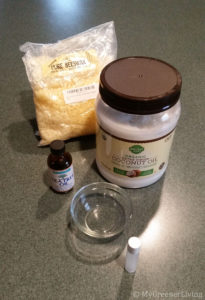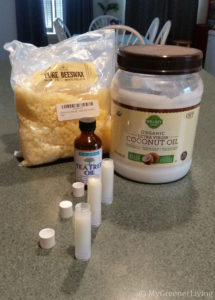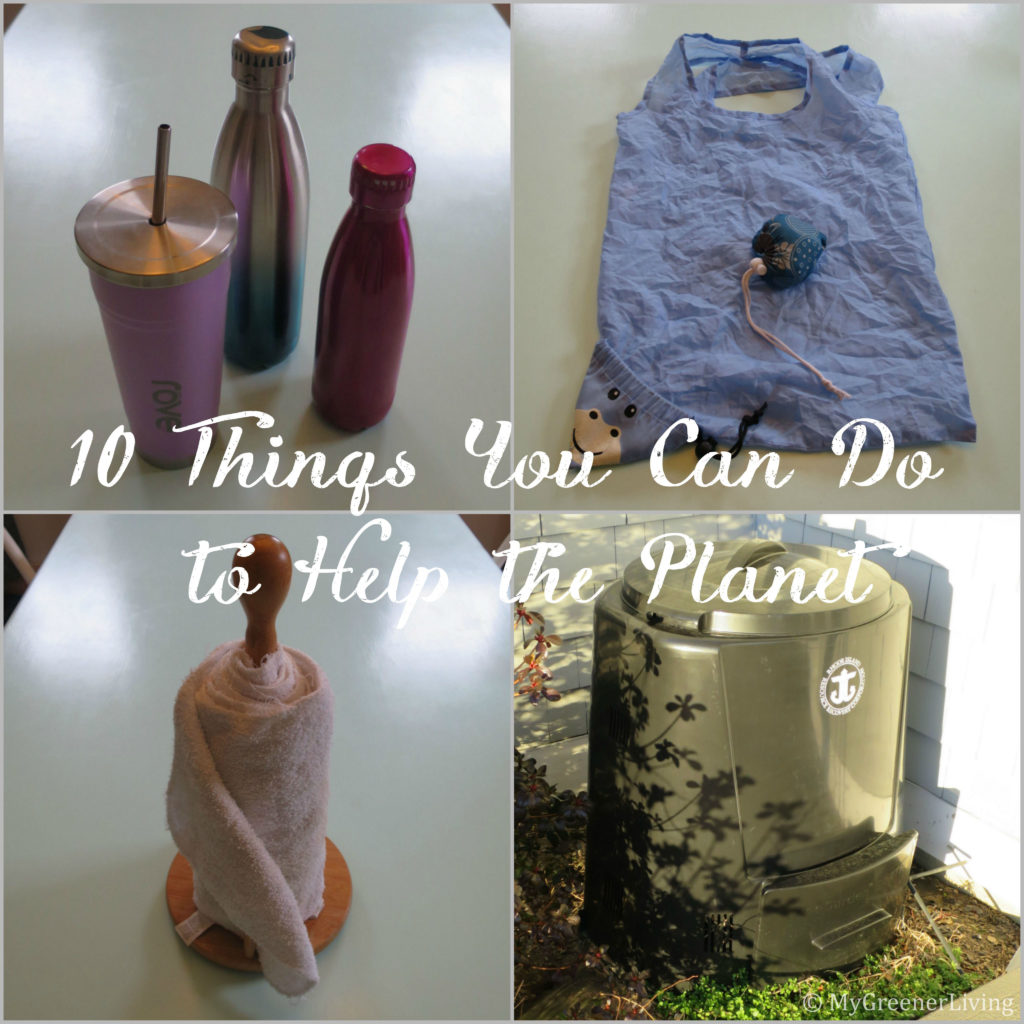They say that necessity is the mother of invention, and that is exactly how my solid tea tree oil sticks came to be.

Disclaimer: This post contains affiliate links. See my Disclosure Policy for more information.
Tea Tree Oil (Melaleuca)
First, I am obsessed with tea tree oil (also called melaleuca). To me, it is the miracle healer. Note: I am not a doctor, and I am not attempting to make any medical claims. I am just reporting my subjective observations to how my body reacts to this product. Cuts, scratches, anything that used to make me run for the neosporin, all make me run for my tea tree oil now. I have issues with infections where my ears were pierced (that was about 22 years ago, and yes I still get infections). Using neosporin, it would take weeks for the infection to clear. I never knew if the neosporin actually even helped. Now I used tea tree oil, and the infection is 100% GONE in 48 hours. Every time. Not to mention it is fantastic at drying out pimples. Tea tree oil is antibacterial, antiviral, and anti-fungal. It protects me from all the bad stuff. Basically, I don’t leave home without my tea tree oil!
Necessity behind the invention
That brings me to the necessity driving this invention. When I was packing for my weekend trip to Washington, DC, I found my tiny vial of tea tree oil in my travel bag. Well, the vial was in a mini zip lock bag in my travel bag, because every time I fly the pressure change makes the tea tree oil leak all over the place. I had tried cleaning the cap really well to try to get a better seal, but each flight it still leaked like crazy. I ended up with a couple drops left in the vial, which was usually enough. But I needed a better solution. I went digging through my stash of essential oil bottles, and instead of finding another tiny vial, I found empty lip balm tubes. The proverbial lightbulb went off in my head. I needed a solid tea tree oil. I quickly referenced the ratio of solid to liquid oils in my solid lotion bar recipe, and made up this solid lotion bar recipe.

This recipe fills just under 3 standard size (0.15 oz or 5mL) tubes.
Ingredients
5 grams coconut oil
5 grams filtered beeswax
3-4 grams tea tree oil
3 lip balm tubes, or a small jar to store your solid tea tree oil
Supplies
Microwave safe container (I like my 3.5″ glass measuring bowls – $1 for 3 at Dollar Tree. They look like these mini prep bowls.)
kitchen scale (I love this American Weigh Scales but I broke mine; I used this Escali scale today which is great but it isn’t as precise – it’s better for cooking than measuring essential oils)
stirrer (for this tiny batch, a toothpick worked great)
Optional: small funnel
Instructions
- Place your microwave safe container on your kitchen scale and tare it (so the starting weight is 0).
- Scoop 5 grams coconut oil into the microwave safe container. Scoop or pour 5 grams beeswax into the container. Microwave on high 45-75 seconds, or until the beeswax has fully melted. Careful not to burn yourself on the glass jar, remove from the microwave, place on the kitchen scale, and stir.
- Pour 3-4 grams of tea tree oil into the beeswax-coconut mixture. Stir well to uniformly distribute the oils.
- Very carefully, pour the mixture into each of the lip balm tubes or other container of your choice.
- Let the solid tea tree oil harden at room temperature. My lip balm tubes were fully cooled and hardened in about 5 minutes (room temperature 68 degrees Fahrenheit).

Step 2 – making solid tea tree oil sticks
Bulk Recipe
Update 10/11/2017: I made a bigger batch of this recipe, and wanted it share it for those of you who want to scale up and make more at once.
Makes 26 (0.15 oz / 5 mL) tubes
35 grams tea tree oil (a little less than 2 fl. oz.)
50 grams coconut oil
50 grams filtered beeswax
Prepare according to the above instructions. For this larger batch, I recommend melting in a 1-cup or 2-cup measuring cup.
How I use my solid tea tree oil
I apply this solid tea tree oil to any scratches or cuts on my skin. My earring posts get coated in the solid tea tree oil before I put the earrings in my ears. I will try it next time I get a pimple and report on that – I am not sure if the comedogenic (pore-clogging) coconut oil (4 out of 5 on Beneficial Botanical’s comedogenic rating) and beeswax (2 out of 5 comedogenic rating) will counter the benefits of the tea tree oil.
Update 9/11/2017: For me, this solid tea tree oil stick works as well as pure tea tree oil at clearing up pimples. Additionally, I have found that it works really well as an anti-itch stick. I have no scientific reason why, but when I apply this over bug bites, hives from allergic reaction to pet scratches, and contact dermatitis from poison ivy, it helps reduce or eliminate the itch! And as a bonus, the antibacterial, antiviral, and anti-fungal properties that some researchers claim may keep that itchy part clean…in case I break the skin scratching that itch.

As with any new product, I recommend that if you choose to try this recipe, test it on a small area of your skin and watch for a reaction before using it regularly.
Studies indicate that each ingredient in this solid tea tree oil bar may have antibacterial, antiviral, and antifungal properties. (Here’s one article each, addressing tea tree oil, coconut oil, and beeswax.) At the very least, this bar is 23% tea tree oil, with other natural ingredients that I know are safe to use on my skin.
The best part – this will not leak with airplane pressure changes, and I don’t need to include this in my bag of liquids when I go through airport security!
Cost
Note: Cost is based on making a batch of 3 tubes; and prices at the time the article was written, or the most recent time I purchased the item for items purchased from brick and mortar stores. This information is provided to give you a rough estimate of cost.
Tea Tree Oil – $16.49 for 2 fl oz on Amazon. 3 grams x (1 fl oz/27.2 grams) x ($16.49/2 fl oz) = $0.909 Note: as of October 2017, I use a different brand, Now Organic Essential Oils Tea Tree, which is just $5.99/oz, which comes out to just $0.66 per small batch!
Coconut oil – $16.04 for 54oz at BJ’s wholesale club. 5 grams x (1oz/27.02 grams) x ($16.04/54oz) = $0.055 (also available on Amazon though a bit more pricey. Still a good deal!)
Beeswax – $18.95 for 2 lb on Amazon. 5 grams x (1lb/453.592gram) x ($18.95/2lb)=$0.104
lip balm tube – $4.75 for 12 tubes on Amazon. 3 tubes x ($4.75/12 tubes) = $1.188
Total: $0.909 + $0.055 + $0.104 + $1.188 = $2.256 for 1 batch, or just over $0.75 per solid tea tree oil tube!

Do you have any travel hacks to make travel easier for you?

